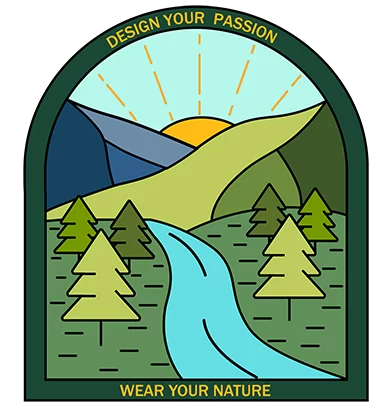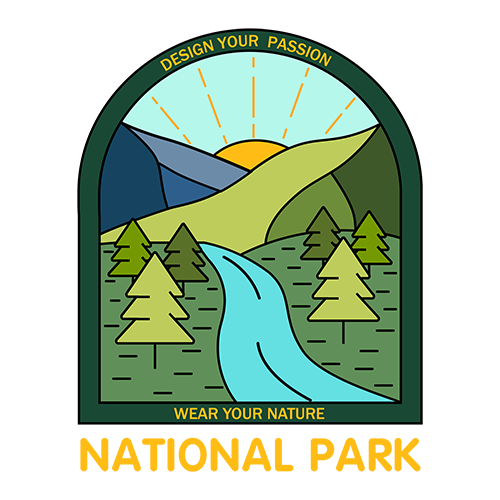Nestled along Maine’s rugged coast, Acadia National Park is a haven for diverse wildlife. Therefore, if you are planning a trip with family or friends in hopes of seeing Acadia National Park wildlife, let me help you make memories here.
I had the opportunity to explore the local Acadia fauna at its best. So I will share with you the best way to see animals and the optimal time to witness the park’s wildlife. Come, join me and nationalparkshops.com to explore the details now.
What wildlife is there in Acadia National Park?
Acadia National Park is considered home to countless species of wildlife as well as possessing diverse Acadia National Park plants. During my visits to Acadia, I’ve been fortunate to witness a variety of animals, each encounter leaving a lasting impression. Here, I’ll share with you some of the fascinating wildlife you can expect to see.
Black Bears
Black Bears can be seen on the trails around Jordan Lake and the eastern deciduous forests of the park. It could be said that the forests of Acadia come alive thanks to the presence of black bears. The sight you are most likely to see is of this most majestic of mammals searching for food. This scene seems normal but looks quite interesting.
But remember, while black bear watching is a fun activity, you still need to keep yourself safe. Because bears are present a lot in the park, it is best to bring bear spray and go in a group of 4 or more people.
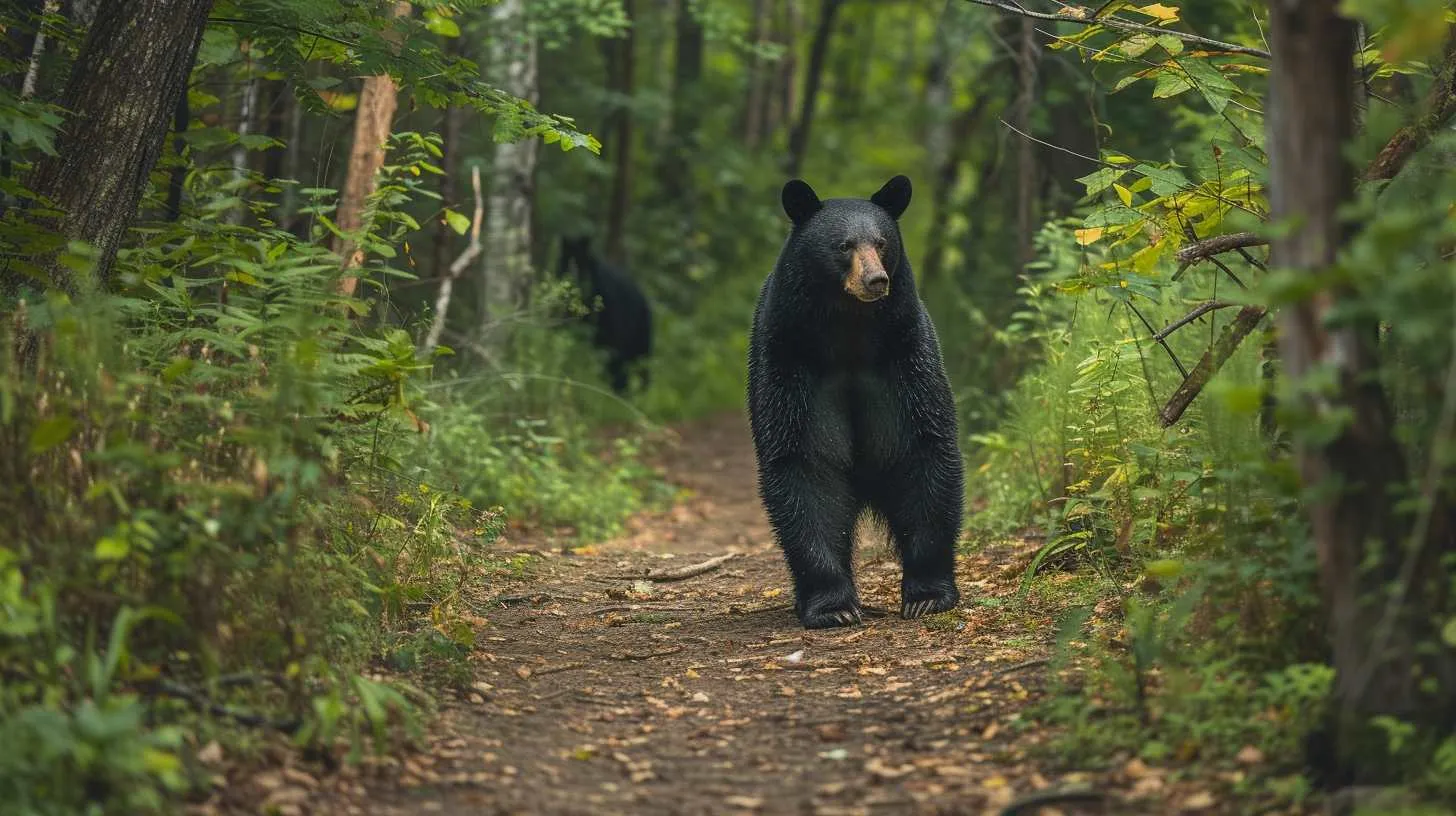
Whales
Whales are also considered one of the popular Acadia National Park wildlife. Acadia’s waters come alive perhaps thanks to the whales’ hilarious antics. The whale family in Acadia includes minke whales, finback whales, harbor porpoises and even orcas.
For the most perfect whale watching, I think you should join a whale watching tour departing from Bar Harbor. You will have an unforgettable experience when you go in spring. Since sightings aren’t always lucky, a warm spring can increase your chances of spotting these majestic marine creatures.
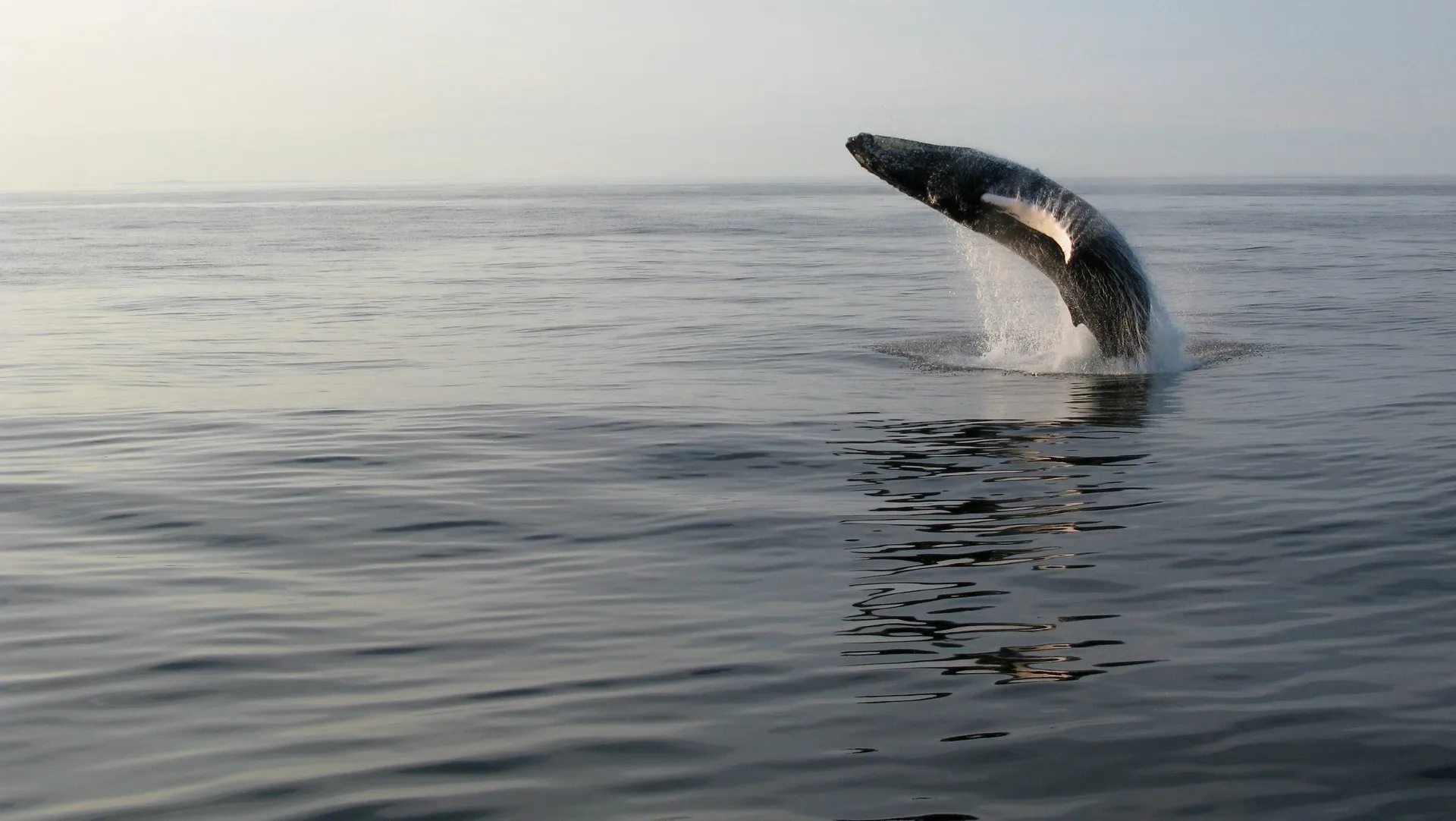
Peregrine Falcons
Known as the fastest animal on Earth, the peregrine falcon is a notable Acadia National Park wildlife species. According to my research, it reaches speeds of up to 240 miles per hour. And you can see them in Acadia because these predators migrate to Acadia every year.
One thing to note is that peregrine falcons usually only appear in early spring. The best place to see them may be at Precipice Cliffs on Mount Champlain. In addition, you can also join the sunrise tour at the top of Cadillac Mountain for the most wonderful experience.
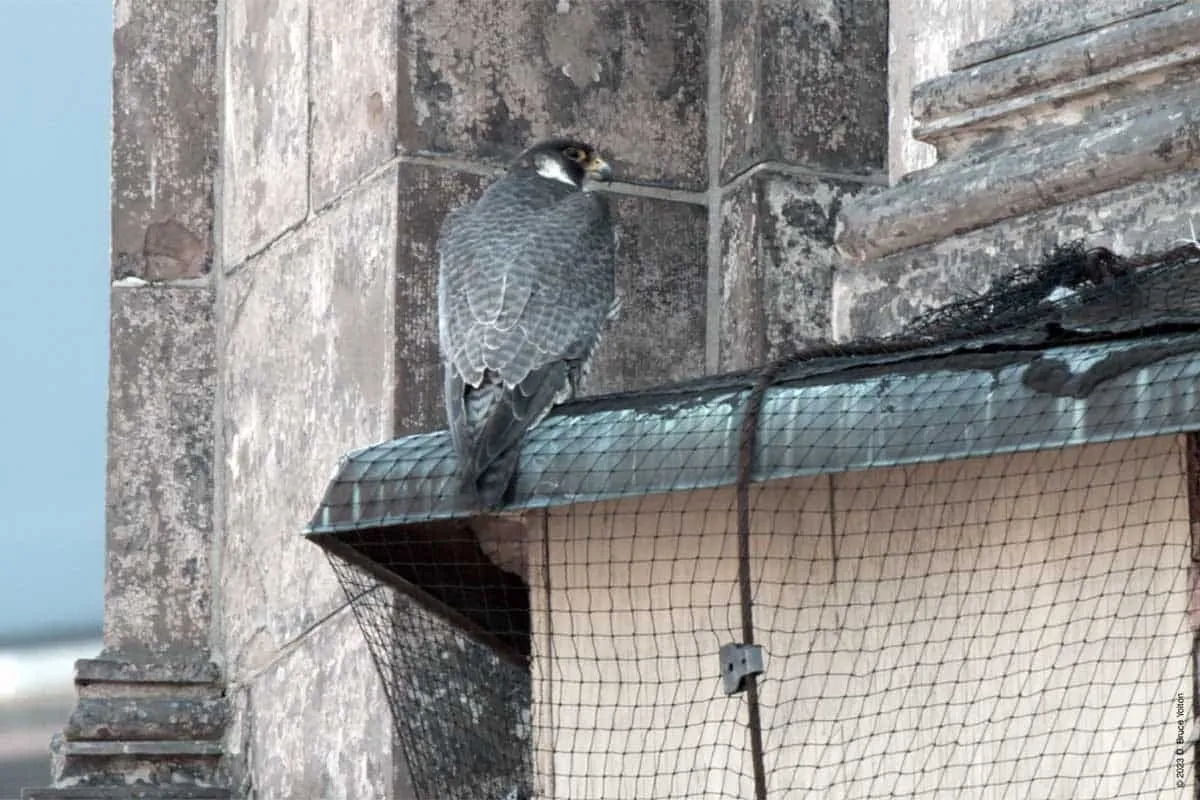
Owls and Other Birds
Acadia National Park is home to wildlife, most notably bird life. Acadia is home to birds including: barred owls, snowy owls, songbirds, hawks, shorebirds and even the elusive Arctic tern.
You will have a memorable experience if you participate in bird watching programs guided by rangers. So, my point here is don’t miss these bird watching tours if you have the chance Acadia National Park road trip. Also, keep an eye on the skies, especially around the Seawall Campground area for barred owls. Winter often brings with it the migration of snowy owls from the Arctic. At this time you will also have the opportunity to spot them on bare mountain peaks.
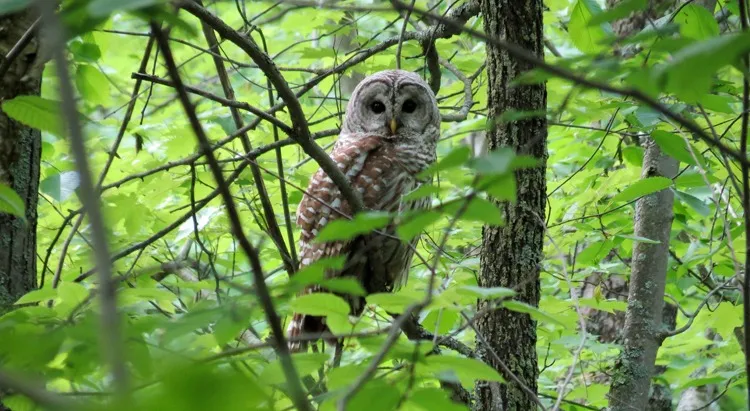
Herbivores
Acadia’s largest wildlife residents belong to the ungulate family. This includes white-tailed deer and very rarely elk. However, Acadia National Park’s wildlife also includes other types of herbivores that are often overlooked: resident rabbits or hares.
Maybe you will feel that it is too normal and not very interesting, but if you have the opportunity, try to see its activities. Because Snowshoe rabbits are very large in size compared to the familiar cottontail rabbit. Snowshoe rabbits are also famous for being brown in the summer and pure white in the winter. Have you found it interesting? Suggestions for you that the best time to see rabbits is in early spring and autumn when its fur color changes, making it interesting.
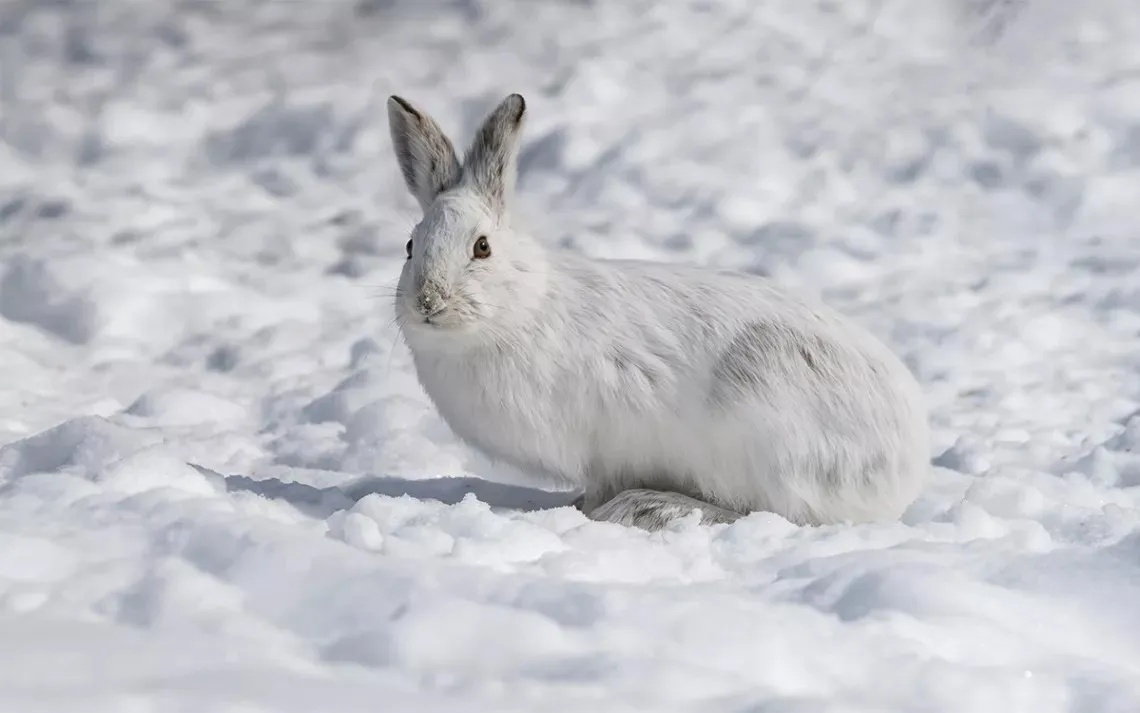
Puffin Colonies
Do you think Puffins are a unique and adorable animal? Small islands around Maine bordering Acadia National Park serve as nesting islands and habitat for Atlantic Puffins during the summer months. These islands are the only places where albatrosses nest in the United States.
Puffins live more solitary lives in winter and stay far from land. For this reason, birding enthusiasts flock to Maine during nesting season to add puffins to their list of spotted birds in their lives. Also visible on Acadia’s coastline are other shorebirds such as Arctic Terns, which migrate from Antarctica to the Arctic covering a staggering distance of 25,000 miles!
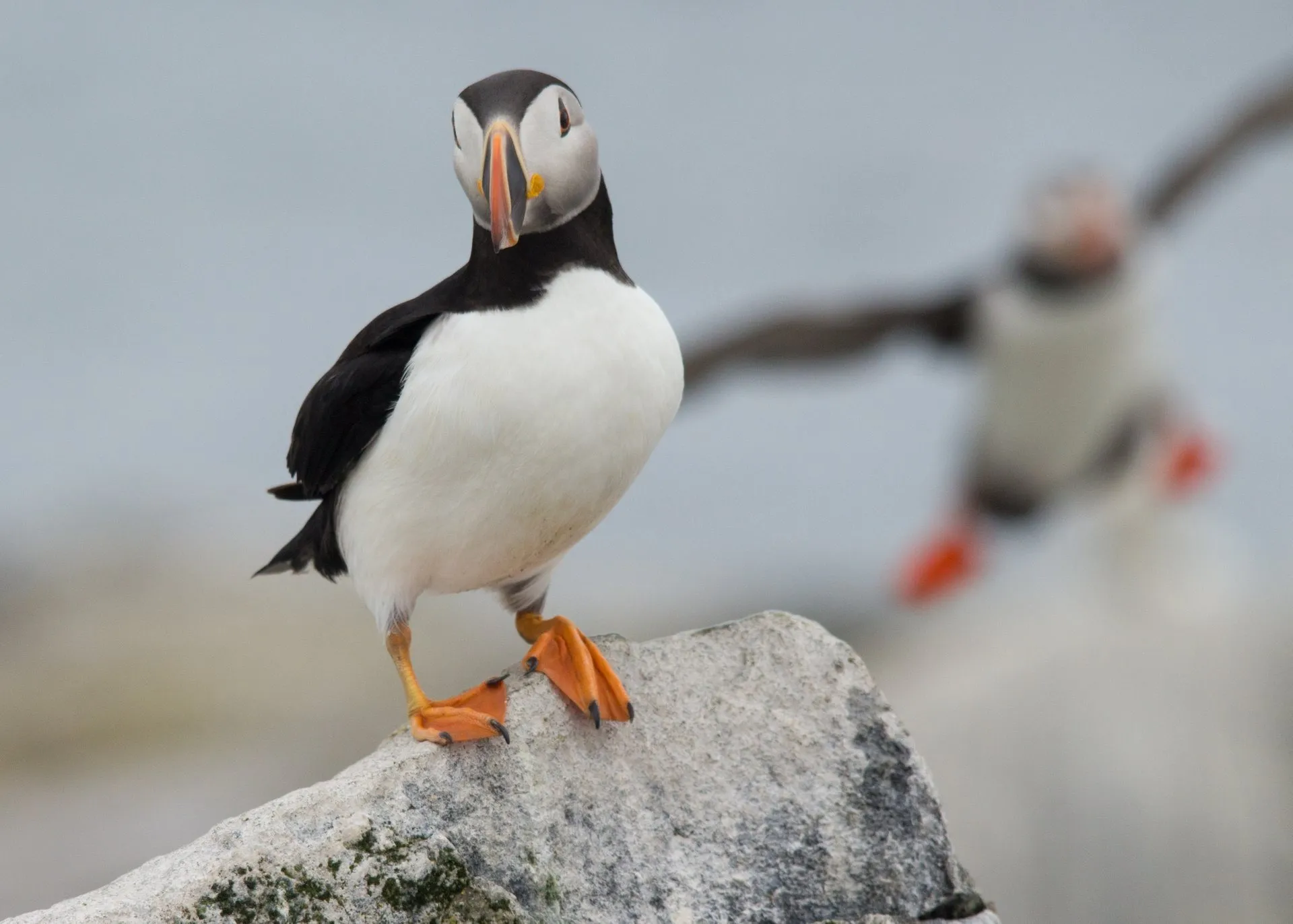
Moose
Moose are the animals you see most in the state of Maine. In fact, the elk population is exploding with about 76,000 animals in the state. However, if you want to see a moose during your trip to explore Acadia National Park wildlife, it is not always possible. The reason is that because the island is an island there is only one entry point for a moose and that is busy Highway 3. There are more than 4,000,000 visitors to the park each year. This means there are a lot of cars on the highway and moose are solitary animals and don’t like to be seen.
But don’t worry, if you head to the western part of the state in the lakes and mountains, chances are you’ll see plenty of Moose here. If you’re in the Bar Harbor area, you can take a day tour to the northwest part of the state and see this magnificent beast. The best time to visit Acadia National Park and see them active is from mid-May to July at dawn and dusk.
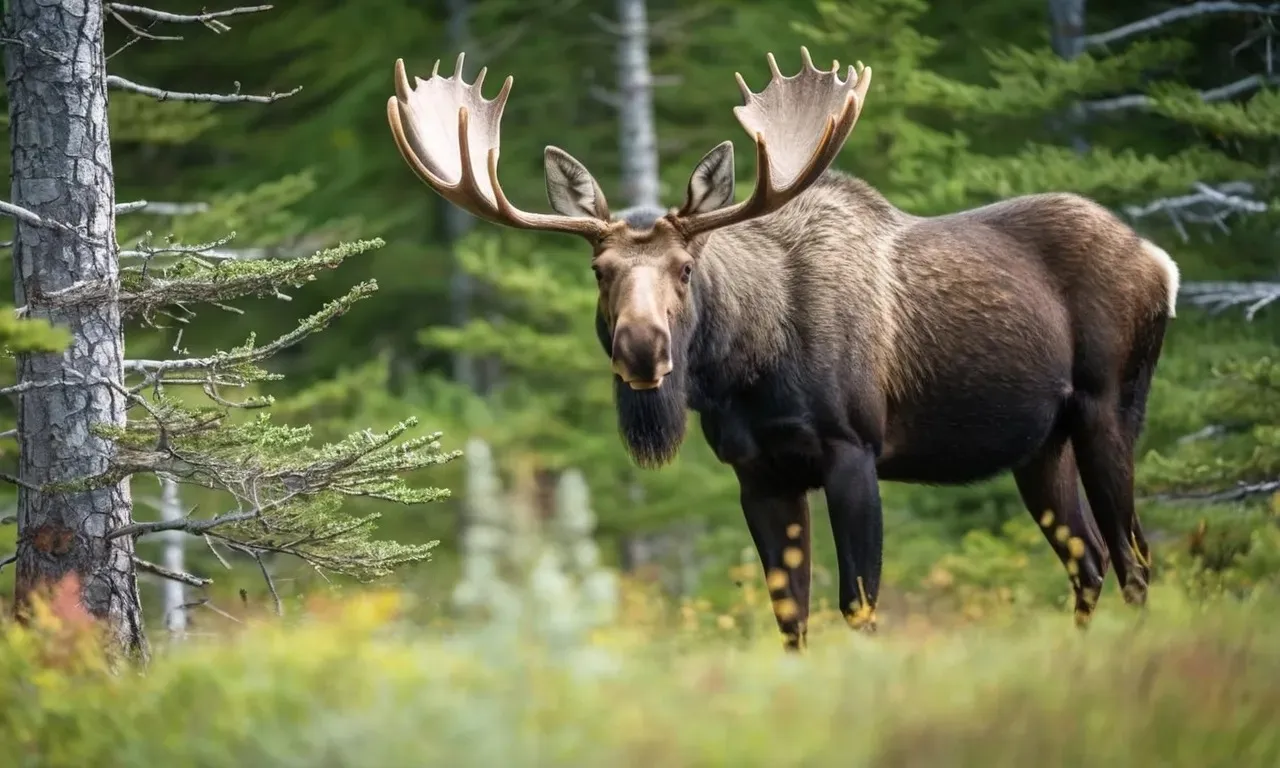
Bald Eagles
If you visit Acadia National Park enough, you will encounter bald eagles symbolizing freedom and majesty, often appearing in the sky. What impresses people with them is their iconic wingspan. Look for bald eagles on cliffs and coastal areas. Cadillac Mountain is also a good place to see them.

Common Loon
Acadia’s lakes and ponds attract many visitors for swimming, kayaking and fishing. Lake life also serves loons, one of Maine’s common waterfowl species. Loons represent Maine’s landscape including its pristine waters and surrounding forests. Their striking appearance, expressive calls, and ability to disappear underwater make the loon an attractive bird of Acadia National Park.
However, Loons are extremely sensitive to human disturbance. Therefore, if you want to observe Loons, keep a respectful distance of 100 feet. Keep an eye out for nesting sites. Loons may abandon nesting sites if you stay too close for comfort. In addition, loons can easily become entangled in fishing lines, in addition to eating toxic lead weights. Anglers must use lead-free weights. Pay attention to all of these if you want to see Loons in Acadia.
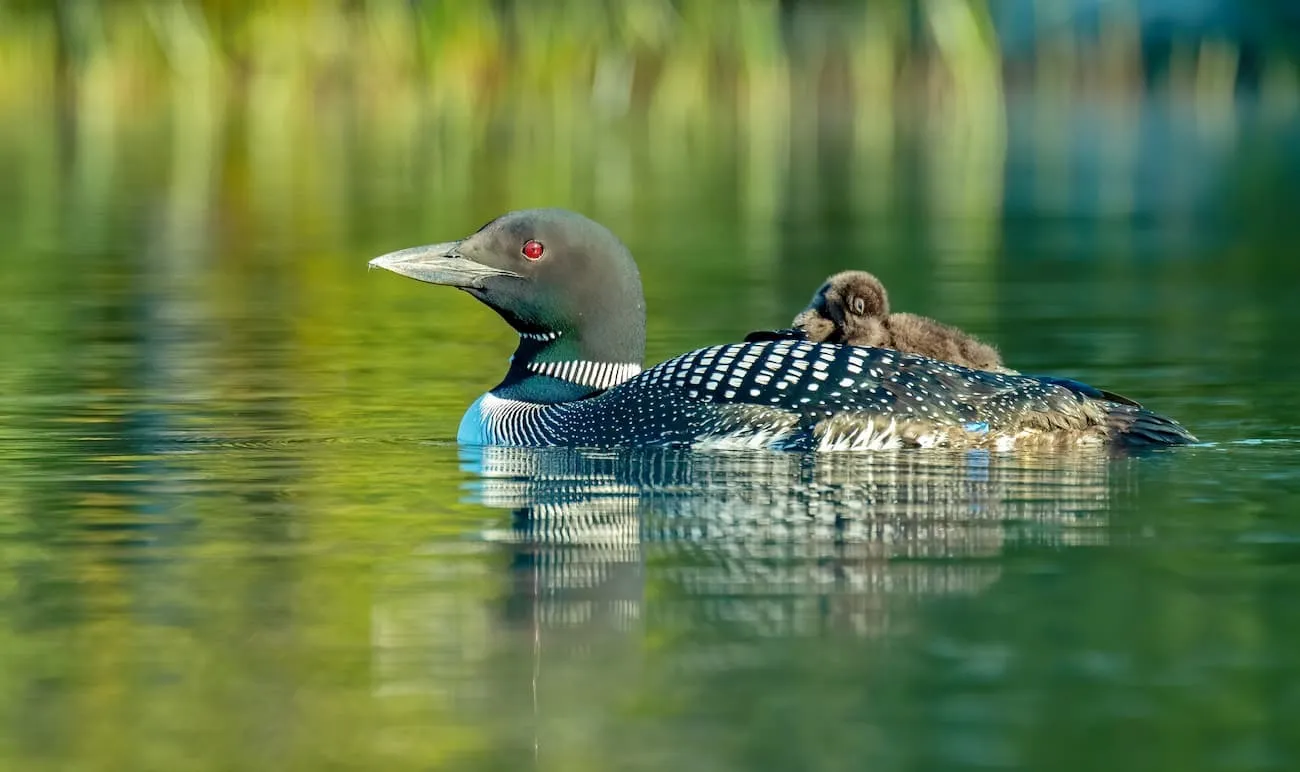
White-Tailed Deer
White-tailed deer are a frequent presence in the forests and grasslands of Acadia National Park, as well as throughout the greater New England area. To increase your chances of encountering these graceful creatures, consider taking a walk along the Great Meadow Loop or Jesup trail, especially during the quiet hours of the early morning or early evening. It is during these magical moments around sunrise and sunset that deer are often most lively and visible to visitors.
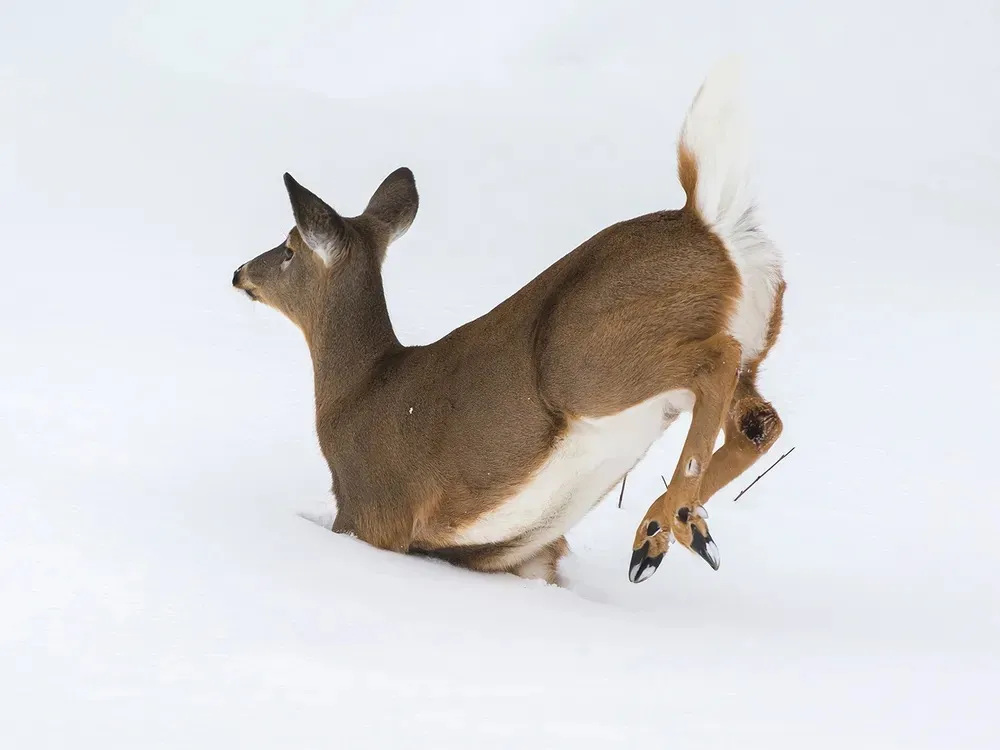
Harbor Seals
Finally, there is the animal that left a deep impression on me during my trip to explore Acadia National Park wildlife. I’m talking about Harbor Seals. Harbor seals grace the rocky shores of Acadia, providing a delightful seascape at low tide. This is the view that I feel will leave you with the most complete experience of the things to do in Acadia National Park.
Visit the park’s Schoodic Peninsula area, where tidal pools and rocky shores provide habitat for these marine mammals. And always remember, low tide is the best time to observe them.
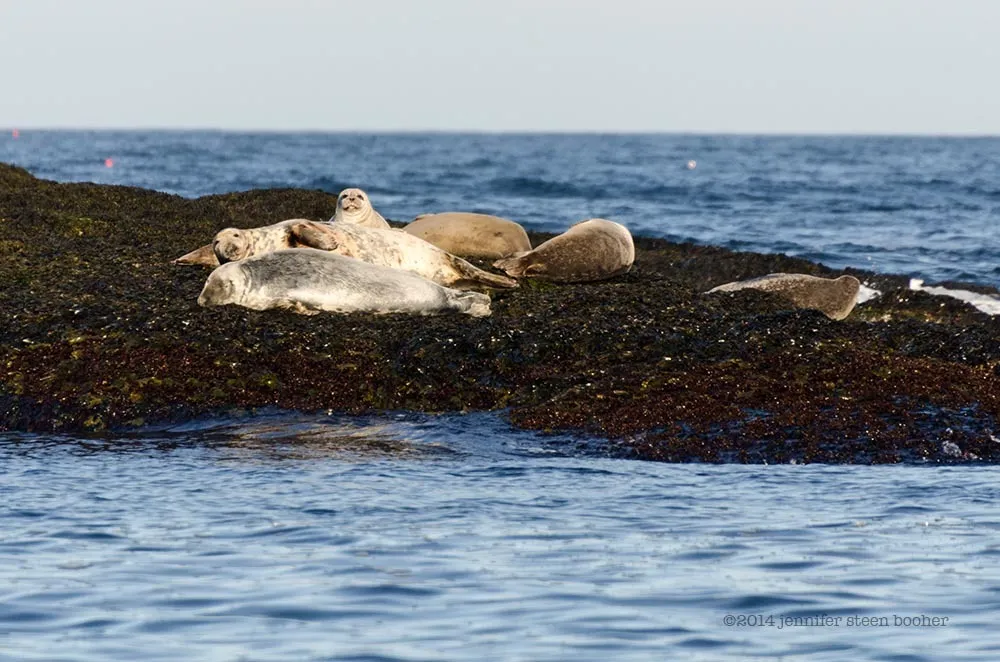
Are there dangerous animals in Acadia National Park?
While Acadia is home to some potentially dangerous animals, encounters that pose a real threat are rare.
Specifically, Black bears are native to Acadia National Park and are generally shy and elusive. While they are not typically aggressive towards humans, it is important to follow proper food storage guidelines and avoid feeding or approaching bears to prevent habituation. In the rare event of a bear encounter, visitors should remain calm, speak calmly, and slowly back away without turning their back on the bear.
Moose are another large mammal found in Acadia, known for their imposing size and antlers. While moose are not inherently aggressive, they can become agitated if approached too closely or if they feel threatened.
Peregrine falcons are skilled hunters that nest on the cliffs of Acadia National Park. While these birds are not dangerous to humans, they may exhibit defensive behaviors if their nesting sites are approached.
In general, as long as you keep a safe distance during your journey to explore Acadia National Park wildlife, there are no objects that are dangerous to us.
Where to see Acadia National Park Wildlife?
For each animal, I’ve included suggestions for the perfect viewing spot. However, here I will recommend you the best places to visit in Acadia National Park and see the wildlife more fully. These popular locations include:
- Cadillac Mountain: Great for bird watching and white-tailed deer viewing.
- Jordan Pond: Ideal for viewing bald eagles and other birds.
- Schoodic Peninsula: Less crowded, offering opportunities to see seals and various seabirds.
- Bass Harbor Head Lighthouse: A great spot for bird watching and sometimes seal watching.
- Seawall: Great for seeing a variety of birds and seals.
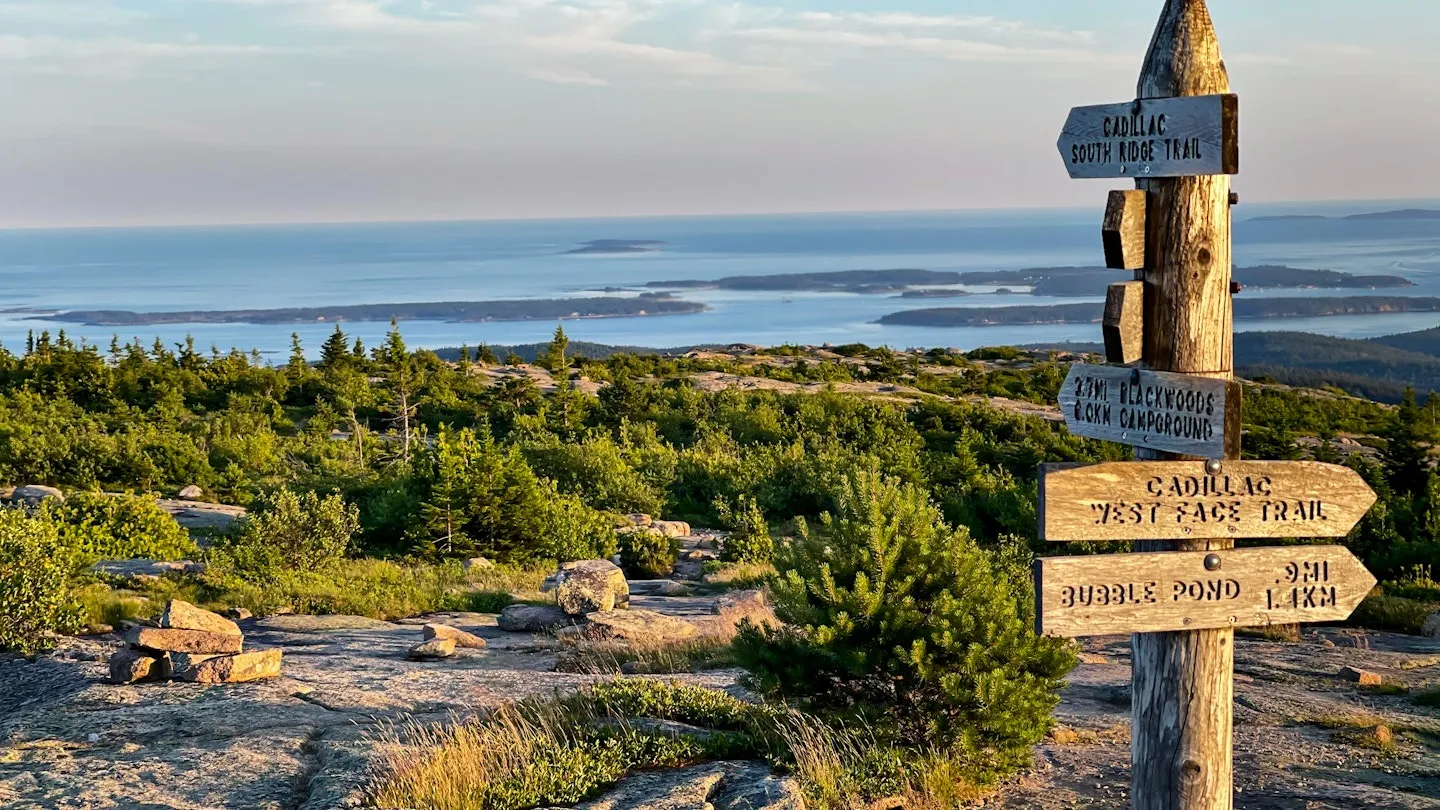
Collection of Ranger-Led Tours and Educational Wildlife Programs
Acadia National Park provides a variety of engaging ranger-led tours, such as the Carriage Road bike tour and several other options that vary depending on the season of your visit. These tours are not only informative but also offer a unique way to explore the Acadia National Park wildlife.
During my own experience participating in a program, our knowledgeable ranger delved into the fascinating history of the Carriage Road while leading us on a bike tour. While bike tours may not always provide the best opportunities for wildlife sightings, there are other tour options that cater more specifically to that aspect. Be sure to carefully review the schedule and descriptions of the available tours to find the one that best suits your interests.
To ensure you don’t miss out on these enriching experiences, it’s advisable to check the availability and schedule of the ranger-led programs in advance and make reservations when possible. By planning ahead, you can make the most of your visit to Acadia National Park and immerse yourself in its natural wonders with the guidance of experienced rangers.
Here I have an article sharing about the best hikes in Acadia National Park if you are interested. In this article, I summarize the most famous and worth experiencing walking trails in the park.
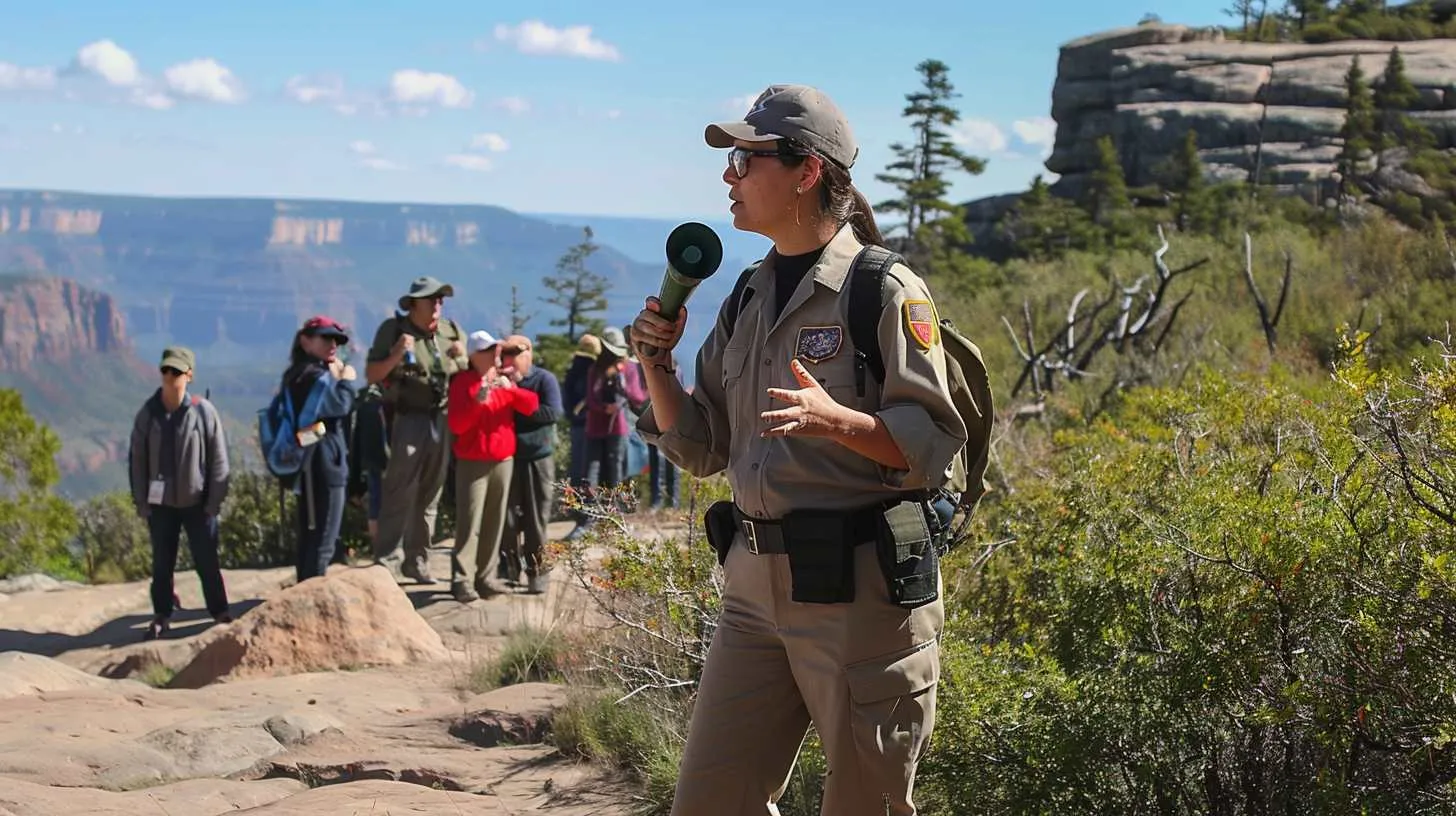
FAQs about Acadia National Park Wildlife
When is the best time to see wildlife in Acadia National Park?
The best time to see wildlife in Acadia is early morning or late evening when animals are most active. Seasonal variations also play a role, spring and fall are particularly good for birdwatching and seeing larger mammals like deer and moose. Summer is great for marine wildlife, including whales and seals.
Maybe you are interested: places to stay near Acadia National Park, hotels near Acadia National Park
What animals are most common in Acadia National Park?
Common animals in Acadia include white-tailed deer, black bears, harbor seals, and a variety of birds such as peregrine falcons and bald eagles. Smaller mammals like snowshoe hares and red squirrels are also frequently seen.
Any practical tips for wildlife viewing in Acadia National Park?
Keep noise levels to a minimum and practice patience as wildlife tends to show up in peaceful, untouched locations. Utilize binoculars to improve your observation experience. Stick to designated trails to reduce your footprint on the environment and improve the likelihood of encountering wildlife. Show consideration for wildlife by keeping a safe distance and refraining from feeding them.
Conclusion
Acadia National Park is a treasure trove of wildlife, offering visitors the opportunity to see many exceptional animals in action in their natural environment. I find that no matter what your interests are, Acadia National Park wildlife has something special for those who want to connect with the natural world. With all my experience, I hope to have brought you useful information. So strap on your binoculars, lace up your hiking shoes, and get ready to embark on a wild adventure in one of America’s most stunning national parks.
Regarding Acadia National Park, I have some articles sharing experiences that you can refer to if you are interested: Acadia National Park camping, best Acadia National Park cabins rentals, Acadia National Park in the fall, closest airport to Acadia National Park, Acadia National Park from Portland Maine, Acadia National Park sunrise,…
